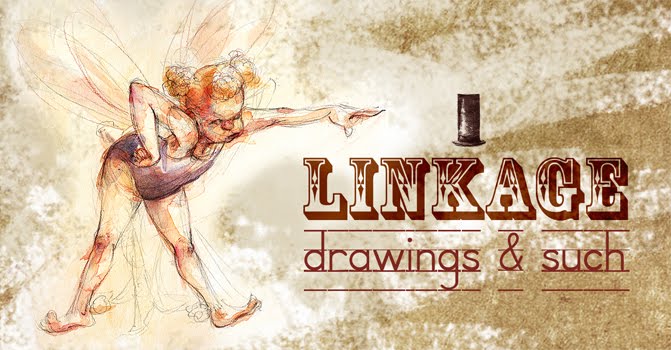As I said, I was quite busy on books and my project with Zack Petroc studios and have only recently in the last week been able to get back to work on my portfolio. Back in July I attended the Pixar Masterclass on Story Art taught by Matt Luhn. GREAT, GREAT, GREAT class!!! These boards are a complete revision of a story sequence I worked on last year — a retelling of Tolstoy's Where Love Is God Is.
In the original version the main character, Martin (a cobbler), falls asleep while reading his bible and has a dream he will be visited by God the following day. The backstory is that Martin had lost all of his family to death and now lived alone. After a pilgrim brings him a bible he slowly overcomes his bitterness and is at present a contented soul wanting to get ever closer to God. All of this n Tolstoy's version is told as backstory. The meat of the story is in Martin's encounters with three different people that following day. In each case he shows them a kindness by feeding one, clothing another, and forgiving the third. Martin at the end of the day is left to question why his dream which could have been a vision hadn't come true. He dreams again that night and God reveals that he in fact did visit— in the form of the three people Martin helped saying, "you fed me when I was hungry, clothed me when I was naked.." etc. God then relates a scripture passage, "whatever you have done unto the least of these, you have done unto me." Essentially wherever love is present, God will be also.
Okay...it's a nice parable. But for me there was nothing going for it in terms of character development and story in general. Martin's character arc is over before the story even starts, really. And overall I just thought that there was more there in the bones and spirit of the story that could actually have people engage it more. I've always thought that. However, last year when I started it I was muddled about who's story it would be about. Was it the vagrant woman Martin encounters or was it Martin's story?
The controlling a idea. Martin a lonely bitter cobbler must have the courage to go outside of his emotional and physical walls in order to feel whole again and experience love by extending love.
Martin's arc. ( Once upon a time ) Martin is driven by bitterness and loneliness. He fears getting attached to people as he is afraid of investing too much in them only to lose them again. He does no how to love, still. He takes care of and talks to his pet cat—the cat only ever stays in the shop...
At Martin's worst he has the potential to totally alienate and abandon an outsider and is motivated greatly by his own selfish whims.
The conflict. ( until one day) In the sequence I'm working on I'm only going to deal with one of Martin's encounters. ( other ideas I want to complete before CTN! ). So we're again going to the vagrant woman who in my version I've made a gypsy. To this day gypsies are despised and ignored throughout Eastern Europe...sickeningly so actually. Martin is reluctantly drawn outside of his shop by a commotion from the townspeople. He is crashed into by an evading gypsy woman on the run for theft in the market. It's a " hyenas in the pridelands" moment so to speak. Martin gives chase after the woman to apprehend her (really it's excuse for him to burn off misdirected anger). When he does eventually tackle and capture her he discovers that in addition to the apples she has stolen that are hidden in her cloak there is a baby hidden in her cloak, as well.
The moment of truth (and then finally) As the crowd gathers behind Martin and demands the thief be turned over, Martin must make a decision about whether or not to turn in a reviled outsider or protect a mother and starving child. In the end Martin decides that another parent need not lose a child. He covers for the gypsy by saying he had actually sent her to purchase apples for him and that she had dropped the money in the snow unknowingly on the way to the market. Martin then pays for the stolen apples. The townspeople are wary and distrusting, but the apple merchant grudgingly accepts her money. Martin is not miraculously cured of his emotional wounds yet, but the door begins to open in this sequence.
I'm concentrating on Martin's loneliness in his monologue with his cat. And also on the acting, expression and secondary actions that you can do in a monologue. I started out with the basic premise to the story, boarded it out and moved things around, then wrote the script in response to the boards.


































































































No comments:
Post a Comment